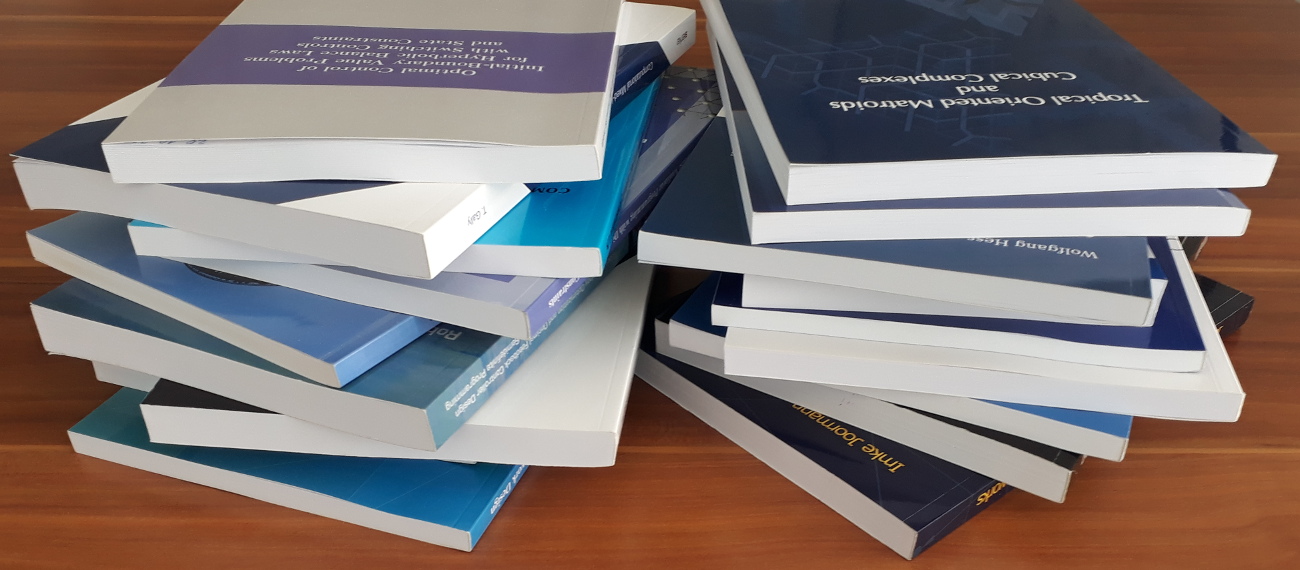Simulation based Optimization of Multiphase Flow in the context of Wetting Phenomena
Elisabeth Diehl
The wetting and dewetting of surfaces by fluids is pervasive in our nature, but also plays a crucial role in many technical processes and applications. Examples include coating and printing, microfluidics and lab-on-a-chip technologies, as well as cooling in certain reactor geometries or other process industry installations. In general, dynamic wetting processes can be represented as multiphase flows, which can be described mathematically with the aid of the Navier-Stokes equations. In addition, jump conditions are needed to connect the flow of the different fluids or phases across their interfaces, on which a surface tension is applied. If a dynamic contact line occurs besides the liquid-gas interfaces, where liquid and gas touch the solid surface, a slightly different modeling approach is followed. For this purpose, the Navier-Stokes equations are additional complemented by a transport equation for flow advection. This transport equation originates from an algebraic volume of fluid approach, that leads to an one-field formulation of the problem. The model is completed by appropriate initial and boundary conditions, where the dynamic contact angle enters as a boundary condition. The resulting model is a system of partial differential equations, which is used in the simulation based optimization of wetting processes. The considered optimization problems belong to the class of optimal control problems, in which an objective function is optimized with respect to a state and a control. For existence and uniqueness statements, the differentiability of the related control-to-state mapping is required, where L^p-maximal regularity of the underlying linear two-phase problem is acquired. Proving the differentiability is a central part of this work, where the control consists of an initial velocity field and an over the whole domain distributed component on the right side of the momentum equation. This creates a basis to solve optimal control problems of wetting processes with gradient-based optimization methods. However, the common approach of solving the constrained optimization problem by means of the Lagrangian function is difficult in the context of partial differential equations and unsuitable for our wetting model. Hence, we follow a sensitivity approach and formally derive sensitivity equations for the continuous flow problem. State equations and sensitivity equations are now solved numerically with suitable discretization methods, since an analytical solution for this type of problem is not yet known. Therefore, the two-phase solver interFoam, which originates from the OpenFOAM library, is adapted to the effect that the state equations and the respective sensitivity equations are solved simultaneously. The developed method is tested on a benchmark test case, which is motivated by gravure printing. For good printing results, it is essential to remove excess ink from the printing plate, except for a thin film that remains. For this purpose, a steel strap is pulled over the surface, which is also called a doctor blade. Numerical results are presented exemplary for a parameter identification problem and the optimization with respect to geometric aspects for the above-mentioned wetting process.
https://tuprints.ulb.tu-darmstadt.de/26347


